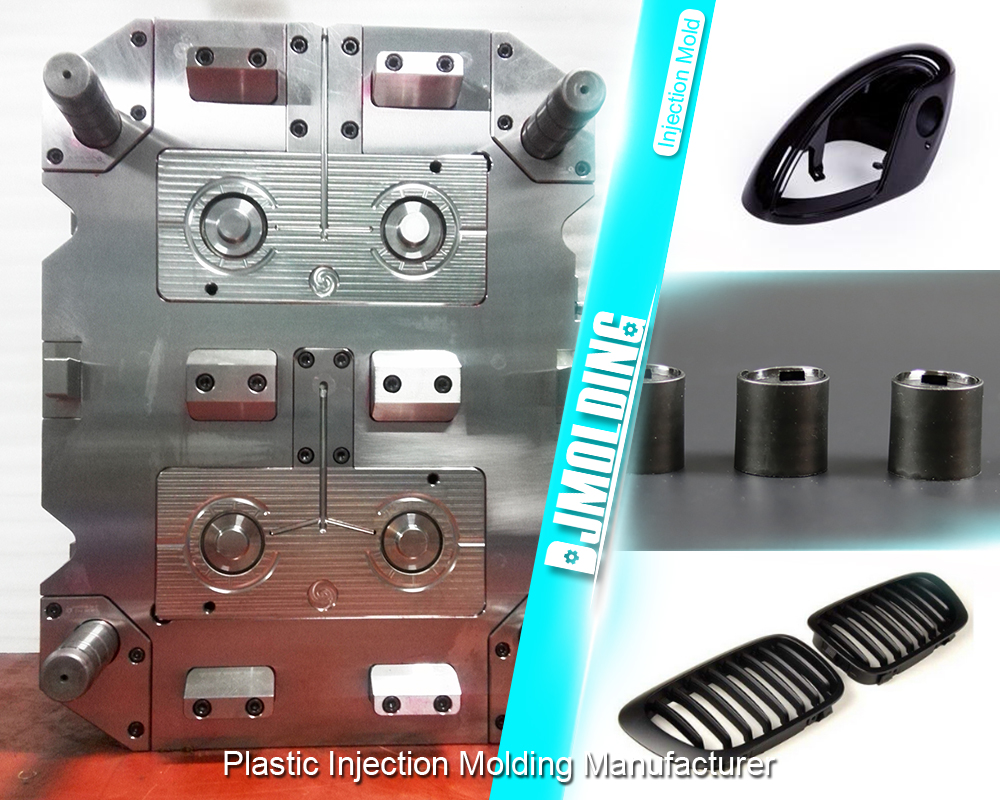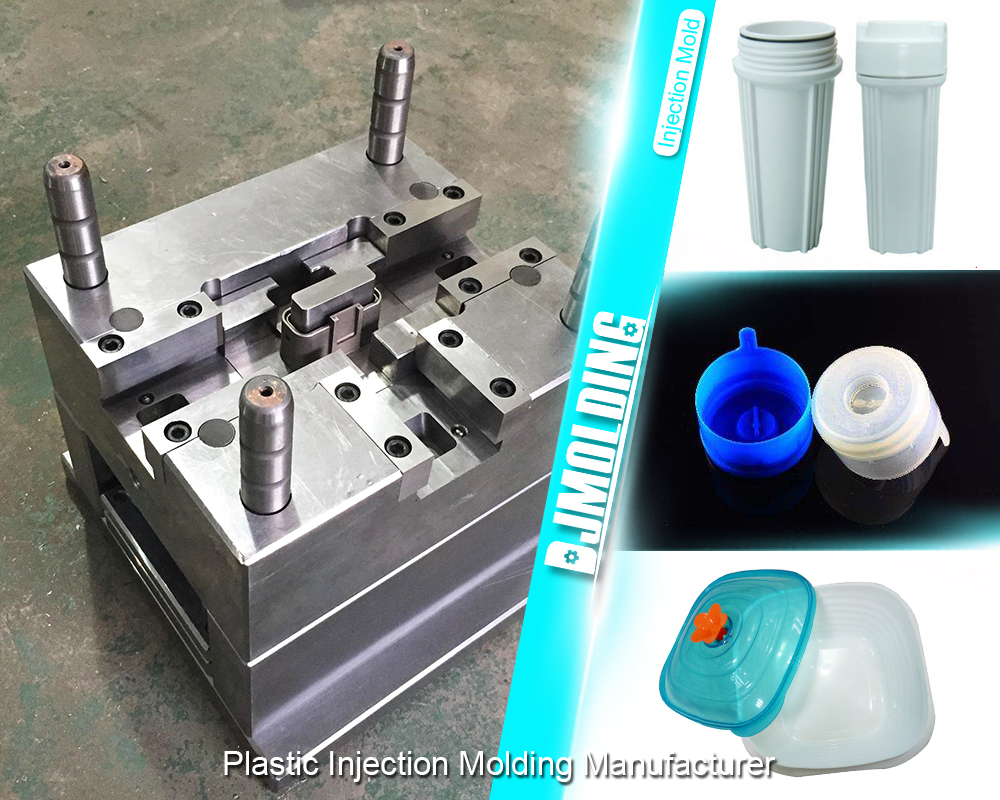Navigating The Challenges Of Short Run Plastic Injection Molding: Tips and Best Practices
Are you struggling to navigate the challenges of short run plastic injection molding? Don’t worry, you’re not alone. Short run molding comes with unique challenges that can be overwhelming for even the most experienced manufacturers. But fear not because we’ve got you covered. In this blog post, we’ll share our top tips and best practices for successful short run molding. So, let’s dive in and conquer those challenges together.

Understanding the Challenges of Short Run Plastic Injection Molding
Short run plastic injection molding comes with its own set of challenges. One of the main challenges is cost considerations. Since short run production involves producing small quantities of parts, the cost per part is higher than in mass production. Material selection is also a challenge in short run production. The choice of material is critical in determining the quality and durability of the final product.
Design limitations are another challenge in short run production. The design of the part must be optimized for the injection molding process to ensure that the part is produced correctly. Production time constraints are also a challenge in short run production. The production time must be optimized to ensure that the parts are produced on time and within budget.
Choosing the Right Material for Short Run Plastic Injection Molding
In addition to durability, strength, and resistance to wear and tear, other factors that may influence the selection of materials for short run plastic injection molding include the desired finish of the part, the level of flexibility or rigidity required, and the ability to withstand high temperatures or exposure to chemicals. For example, if the part will be used in a harsh chemical environment, a material like polypropylene may be preferred due to its chemical resistance.
On the other hand, if the part needs to be transparent or have a glossy finish, polycarbonate may be a better choice. Ultimately, the selection of materials for short run plastic injection molding will depend on a variety of factors specific to each project, and careful consideration should be given to ensure that the chosen material meets all necessary requirements while remaining cost-effective.
Designing for Short Run Plastic Injection Molding
Another important factor to consider when designing for short run plastic injection molding is the size and complexity of the part. Large or complex parts may require multiple molds or additional processing steps, which can increase production time and cost. It is also important to consider the tolerances required for the part and ensure that they are achievable with the chosen material and molding process.
In addition to the design of the part itself, it is important to consider the tooling required for injection molding. Short run production may require the use of less expensive tooling materials or simpler mold designs, but this can also impact the quality and consistency of the final product. It is important to work closely with a skilled injection molding manufacturer to determine the best approach for tooling and production.
Finally, it is important to consider any secondary operations that may be required after injection molding, such as assembly or finishing. These operations can impact the design of the part and should be taken into account during the initial design phase. Overall, designing for short run plastic injection molding requires careful consideration of multiple factors, including part design, material selection, tooling, tolerances, and secondary operations.
Selecting the Right Injection Molding Machine for Short Run Production
When selecting an injection molding machine for short run production, several factors must be considered. These factors include the size of the part, the material being used, and the production time required. Types of machines suitable for short run production include hydraulic machines, electric machines, and hybrid machines. The choice of machine depends on the specific requirements of the production process.
Optimizing the Injection Molding Process for Short Run Production
Short run production requires a high level of efficiency to ensure that the production process is cost-effective and meets the required timeline. Optimizing the injection molding process is a crucial step in achieving this goal. One way to optimize the injection molding process is to reduce cycle time, which involves minimizing the time it takes for each cycle of the injection molding machine to complete.
This can be achieved by optimizing the machine’s settings and using high-quality materials that can be molded quickly. Another way to optimize the injection molding process is to minimize waste. This involves reducing the amount of material that is wasted during the production process. This can be achieved by using accurate measurements and ensuring that the molds are properly designed and maintained.
Managing Quality Control in Short Run Plastic Injection Molding
Quality control is essential in short run plastic injection molding. The quality of the final product depends on the quality of the production process. Tips for ensuring quality control in short run injection molding include using high-quality materials, optimizing the injection molding process, and conducting regular inspections.
Overcoming Common Short Run Injection Molding Issues
Common issues encountered in short run production include warping, sink marks, and flash. Strategies for overcoming these issues include optimizing the injection molding process, using high-quality materials, and conducting regular inspections.
Best Practices for Short Run Plastic Injection Molding
These include proper planning and execution, selecting the right materials and machines, optimizing the injection molding process, and managing quality control. These best practices are critical in ensuring that the parts are produced on time and within budget.

Conclusion
Short run plastic injection molding is a cost-effective way of producing small quantities of plastic parts. However, it comes with its own set of challenges, including cost considerations, material selection, design limitations, production time constraints, and quality control. Proper planning and execution, selecting the right materials and machines, optimizing the injection molding process, and managing quality control are critical in ensuring successful short run production. By following these best practices, companies can navigate the challenges of short run plastic injection molding and produce high-quality parts on time and within budget.
For more about navigating the challenges of short run plastic injection molding: tips and best practices,you can pay a visit to Djmolding at https://www.djmolding.com/low-volume-manufacturing-service/ for more info.
Article Original From: https://www.djmolding.com/navigating-the-challenges-of-short-run-plastic-injection-molding-tips-and-best-practices/